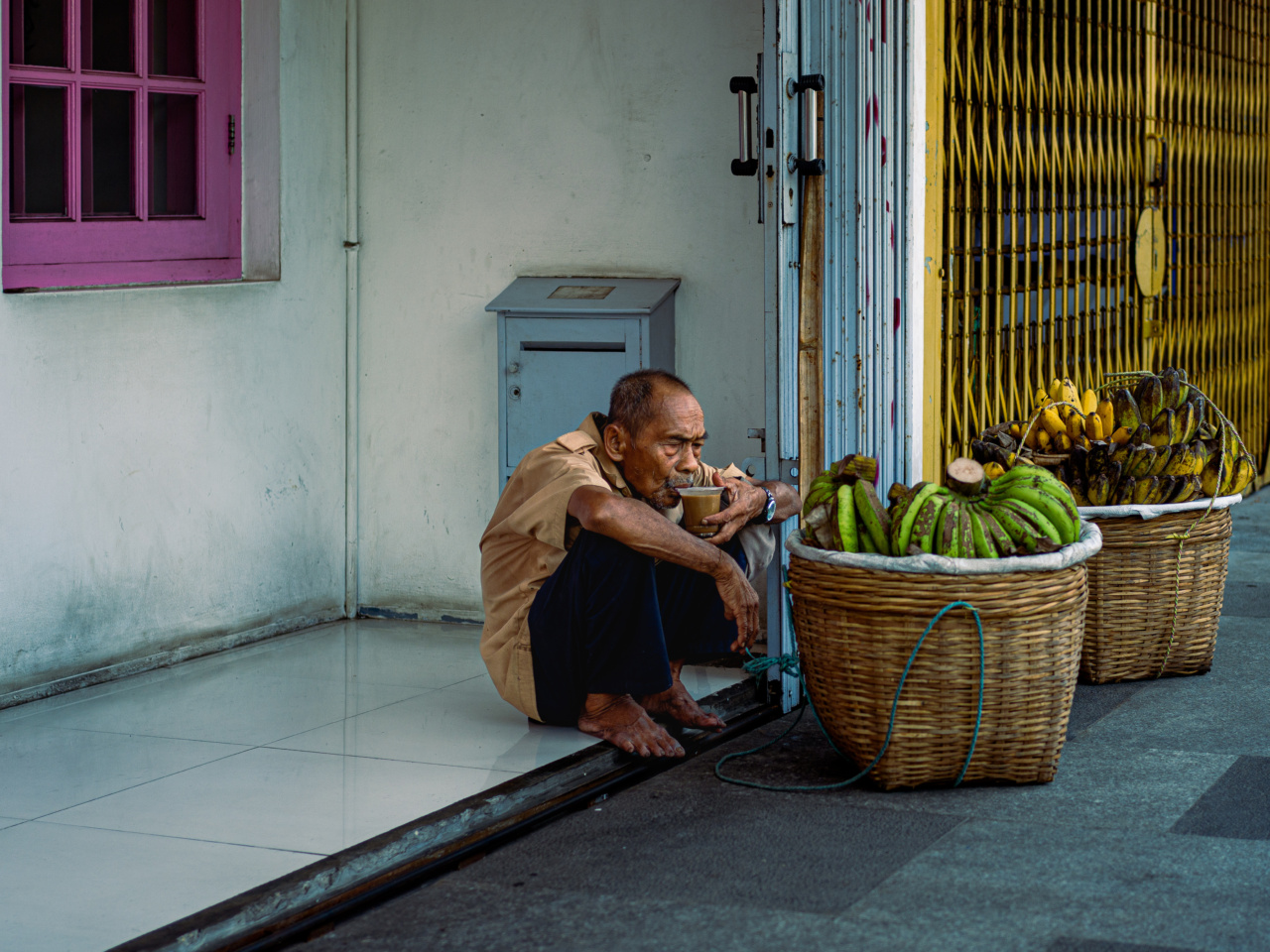Bananas are one of the most beloved fruits worldwide. They are a convenient and delicious snack, packed with essential nutrients such as potassium, vitamin C, and fiber. However, one major drawback of bananas is their tendency to spoil quickly.
As soon as they ripen, they become overly soft and develop brown patches, eventually leading to a less appetizing appearance and taste. To address this issue, scientists have been working on developing bananas with improved resistance to spoilage.
The Science Behind Banana Spoilage
Understanding the factors that contribute to banana spoilage is crucial in developing solutions. Bananas are highly perishable due to their high moisture content and the presence of an enzyme called polyphenol oxidase.
Polyphenol oxidase is responsible for the browning reaction that occurs in bananas when they are exposed to oxygen. As the enzyme breaks down the phenolic compounds present in the fruit, brown pigments form, resulting in the characteristic discoloration.
In addition to enzymatic browning, bananas are also susceptible to fungal infections, such as postharvest diseases caused by fungi like Botrytis spp., Colletotrichum spp., and Fusarium spp.
These pathogens exploit any wounds or bruises on the fruit’s surface, accelerating spoilage and reducing shelf life.
Conventional Methods to Extend Banana Shelf Life
Various methods have been employed to minimize banana spoilage and extend their shelf life. One of the most common techniques is refrigeration.
By storing bananas at temperatures between 13°C and 15°C (55°F – 59°F), the ripening process is slowed down significantly. However, refrigeration can negatively impact the fruit’s texture and taste, resulting in a less desirable eating experience.
Another widely used method is the application of synthetic fungicides to control postharvest diseases. These chemicals can effectively inhibit fungal growth and extend shelf life.
However, their use has raised concerns regarding consumer safety and environmental impact. Therefore, the development of alternative, more sustainable approaches is crucial.
Genetic Modification: A Promising Solution
In recent years, genetic modification has emerged as a promising solution to improve banana resistance to spoilage and reduce postharvest losses.
By introducing specific genes into banana plants, scientists aim to enhance their resistance to both enzymatic browning and fungal infections.
Reducing Enzymatic Browning
One approach to reduce enzymatic browning in bananas is through the suppression of polyphenol oxidase activity.
Scientists have identified and isolated genes responsible for the production of this enzyme and have successfully silenced them in genetically modified banana plants. By limiting polyphenol oxidase activity, the browning reaction is minimized, resulting in bananas that stay fresher and more appealing for longer periods.
Enhancing Resistance to Fungal Infections
Genetic engineering can also help enhance banana resistance to fungal infections. Researchers have identified genes from other plants, such as tomatoes and peppers, that provide natural resistance to certain fungi.
By introducing these genes into bananas, scientists have been able to enhance their ability to fend off fungal pathogens. This genetic modification approach holds great promise in minimizing postharvest losses and reducing the need for synthetic fungicides.
Challenges and Concerns
While genetic modification offers exciting possibilities for improving banana resistance to spoilage, it also raises valid concerns. One of the main concerns is the potential impact on biodiversity.
Bananas are a staple crop in many tropical regions, and introducing genetically modified varieties could have unintended consequences on the local ecosystems and traditional farming practices.
Another concern is consumer acceptance. Genetically modified organisms (GMOs) have been a topic of debate, with some individuals expressing fears about their safety and long-term effects.
Educating the public and maintaining transparent labeling practices are essential to ensure consumers can make informed choices about the bananas they purchase.
Potential Benefits and Future Outlook
The development of bananas with improved resistance to spoilage offers numerous potential benefits. Farmers could significantly reduce postharvest losses, leading to increased profitability and reduced environmental impact.
Consumers would enjoy fresher, longer-lasting bananas with minimal need for synthetic chemicals. Furthermore, this technology could help address food security concerns by increasing availability and reducing waste.
As scientists continue to refine genetic modification techniques and address concerns surrounding its use, the future outlook for bananas with improved resistance to spoilage is promising.
Ongoing research aims to strike a balance between safety, sustainability, and efficacy to ensure the development of bananas that are both resistant to spoilage and accepted by consumers worldwide.





























